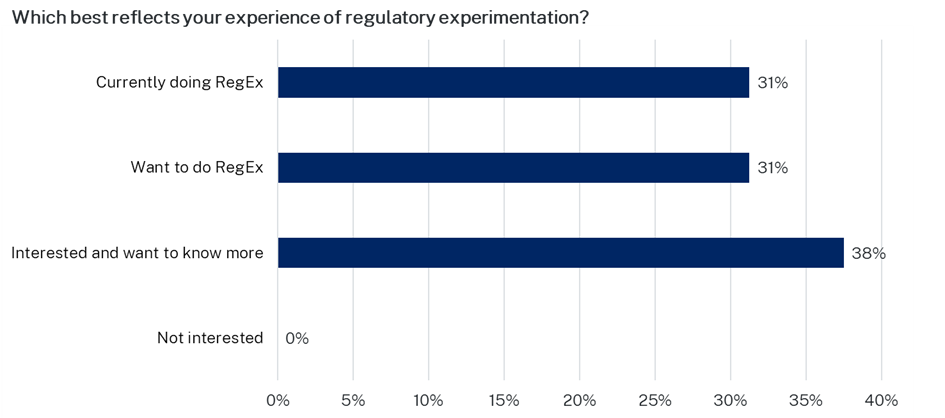Following the success of the COVID-19 regulatory relaxations, the NSW Productivity Commission is encouraging regulators to adopt a culture of regulatory experimentation.
This page provides:
-
Resources and ‘how-to’ guides to support regulators in developing their capability to conduct regulatory experiments
-
NSW Productivity Commission research on the topic, including ongoing work.
Context
The COVID-19 pandemic led to rapid innovation in technologies and business models as businesses and households needed to adapt to the changing environment. In response, the NSW Government swiftly rolled out regulatory changes to support businesses and households during the crisis, such as enabling 24/7 deliveries to supermarkets and digitising some legal processes.
This sense of urgency effectively spurred a series of natural experiments in regulatory relaxations, characterised by their temporary nature and focus on flexibility.
After the evaluation of COVID-19 regulatory relaxations, many were permanently retained. These regulatory relaxations are projected to deliver $3.1 billion in net benefits to the NSW economy over the next ten years, highlighting the potential for regulatory experimentation in the post-pandemic environment.
The barriers and enablers of regulatory experimentation
The NSW Productivity Commission is expanding on the work of the previous government by seeking to encourage regulators and agencies to embed a culture of regulatory experimentation, to ensure fit-for-purpose regulation in NSW.
Initially, we asked The Behavioural Insights Team (BIT) to interview agencies to identify enablers and barriers to regulatory experimentation. BIT is a market leader in applying evidence-based insights to public policy outcomes. Leveraging their behavioural science expertise, BIT was able to understand the drivers and perceptions towards regulatory experimentation in the NSW context.
Identified barriers to regulatory experimentation include:
-
Resource and logistical constraints
-
Risk aversion
-
Negative attitudes towards experimentation.
The main enablers of regulatory experimentation were identified as:
-
Building internal capacity
-
Developing institutional support
-
Putting forward a clear rationale for experimentation
-
Improving communication and framing of regulatory experimentation
-
Collaborating and sharing knowledge and lessons learnt.
Find out more in the BIT report.
NSW Productivity Commission research to promote regulatory experimentation
In October 2023, the Commission held a workshop – led by Dr Alex Gyani, Director of The Behavioural Insights Team, Australia – which presented the report findings to 50 regulators and experts from across nine NSW Government departments and external organisations.
While around one third of regulators were already conducting their own regulatory experiments, the remaining two thirds told us that they either wanted to do regulatory experimentation or were interested and wanted to find out more.

You can listen to Dr Alex Gyani’s presentation and see the slide pack from the Promoting Regulatory Experimentation workshop.
Regulatory experimentation can serve as a useful tool to improve regulation and create better outcomes by supporting evidence-based regulation.
To further promote regulatory experimentation, the NSW Productivity Commission will release a report in 2024.
Resources for regulatory experimentation
In the course of this work, regulators have requested resources to assist them with designing and implementing their own regulatory experiments.
Please check out the links on the side navigation for additional guides and resources to help you apply regulatory experimentation in your work.
